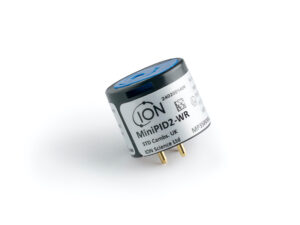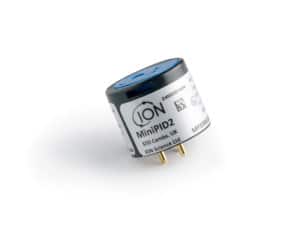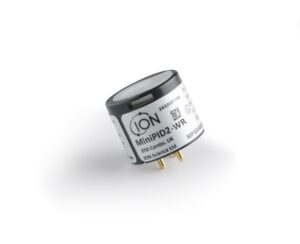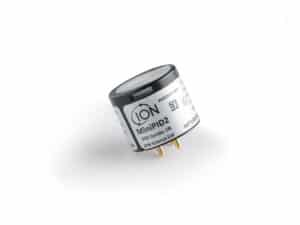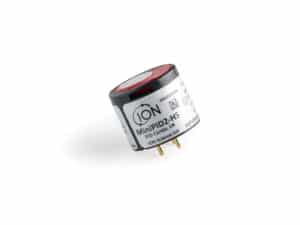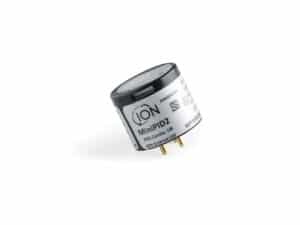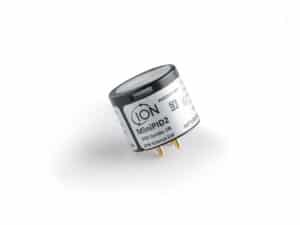
In the realm of safeguarding workplaces from hazardous levels of toxic and explosive gases, the creators and innovators behind gas detection instruments and systems play an imperative role.
These professionals uphold organisations in fulfilling their duty of care and preventing the dire consequences that result from the failure to shield work environments. To achieve this, original equipment manufacturers (OEMs) are pivotal in assisting their customers to minimise risks. Consequently, the use of untested or budget sensors that might elevate risk is not a viable option. In light of this, ION Science is committed to providing superior-grade, remarkably precise sensors that stand as the epitome of reliability on a global scale.
Volatile Organic Compounds (VOCs) Hazards
Volatile Organic Compounds (VOCs) are ubiquitous across numerous industries, serving as integral components of fuels, petrochemicals, solvents, paints, adhesives, and cleaning agents, among others. A significant number of VOCs pose health and environmental threats.
In essence, high concentrations (% levels) of VOCs are requisite for potential combustion or explosion hazards. On the other hand, low concentrations (ppm) can signify short-term toxic risks through exposure, while trace levels (ppb) might lead to long-term detrimental effects.
Beyond the life-threatening implications of subpar industrial health and safety standards, organisations that neglect their responsibilities also expose themselves to substantial financial losses stemming from legal actions, fines, and irreparable damage to their reputation. In contrast, investments made in health and safety monitoring and reliable personal protective equipment, such as dependable gas detectors, pale in comparison to the aftermath of failure.
The Importance of Monitoring
Accurate and dependable measurements play a pivotal role in promptly identifying risks to both industrial facilities and the workforce. Monitoring not only guides the formulation of risk mitigation strategies but also enables operators to assess the efficacy of such measures, all while demonstrating adherence to regulations governing workplace exposures.
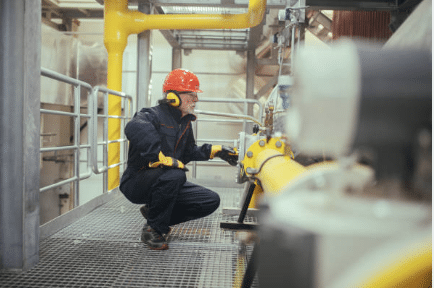
Navigating VOC Regulations
The minimal concentration of a combustible VOC required to support combustion in air is termed the Lower Explosive Limit (LEL). According to OSHA guidelines in the United States, atmospheres containing flammable vapours at or exceeding 10% of the LEL are classified as hazardous in confined spaces. However, atmospheres with flammable vapours below 10% of the LEL are not inherently safe, as they lack the richness needed for combustion. Nonetheless, the presence of measurable flammable vapours below the 10% LEL might indicate the potential release of such vapours into the space, which could lead to fire or explosion hazards over time. Consequently, the origin of these vapours should be investigated and preferably eliminated before entry.
Significantly, toxic VOC concentrations are notably lower than explosive thresholds, underscoring the vital need for detection equipment to possess a wide measurement range, coupled with sufficient sensitivity for detecting trace toxic gases.
Deciphering VOC Sensor Technology Selection
For health and safety applications necessitating the measurement of VOCs, Photoionization Detectors (PIDs) reign as the most sought-after and suitable sensors. This preference is attributed to their rapid response time (1-3 seconds) and unparalleled selectivity for VOCs. Moreover, PIDs offer versatility through a range of PID lamps, enabling sensor optimisation for diverse applications. Notably, the known response factors empower quantitative analysis of specific VOCs.
While many PID sensor manufacturers grapple with sensitivity to contamination and humidity, these challenges have been effectively surmounted within ION’s MiniPID sensor range. This achievement stands as a cornerstone for ION’s distinction as the world’s premier PID sensor manufacturer. Each MiniPID sensor is characterised by a patented design featuring a third electrode, which neutralises potential humidity interference, ensuring a stable signal across a humidity range of 0% to 99% RH.
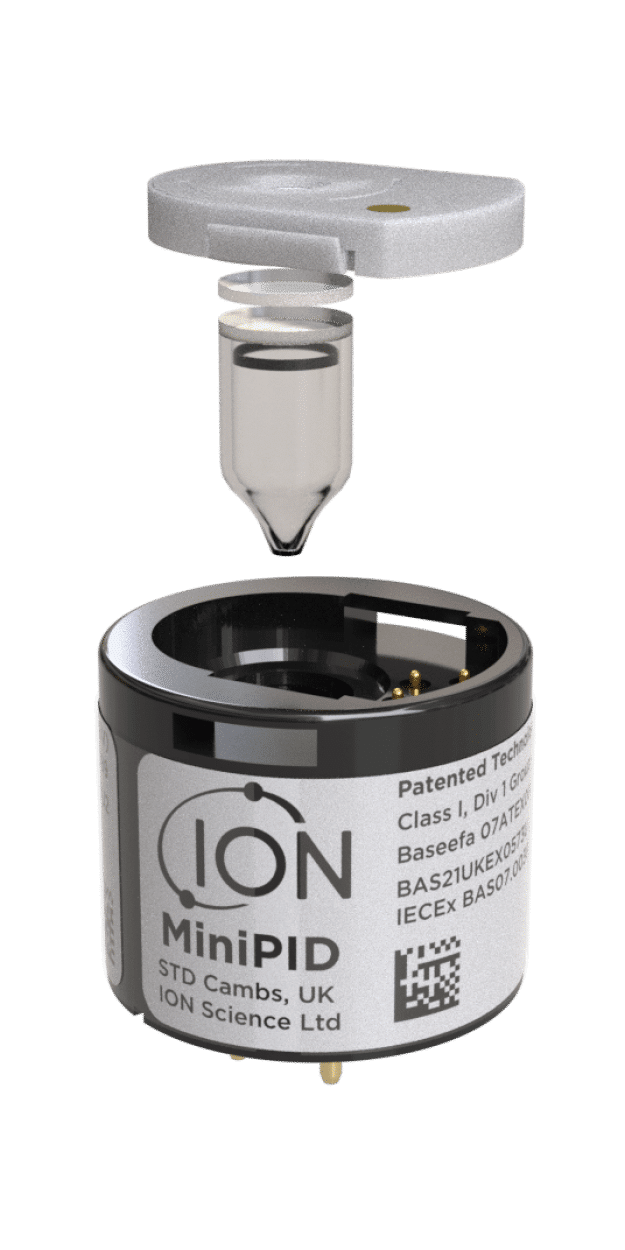
Reliability as a Standard Feature
Sensors that mitigate health and safety risks hinge crucially upon reliability. Distinctively, ION’s MiniPIDs incorporate an Application-Specific Integrated Circuit (ASIC) chip that perpetually monitors lamp and sensor performance, delivering a fail-safe assurance of sensor reliability. Additionally, the ASIC also manages the sensor to give exceptional temperature stability from -40 to +65oC
In Conclusion
The investment required to incorporate ION’s premium VOC PID sensors into OEM instruments, processes, and systems is a mere fraction of the potential costs and risks incurred by overlooking the adoption of the finest available technology.
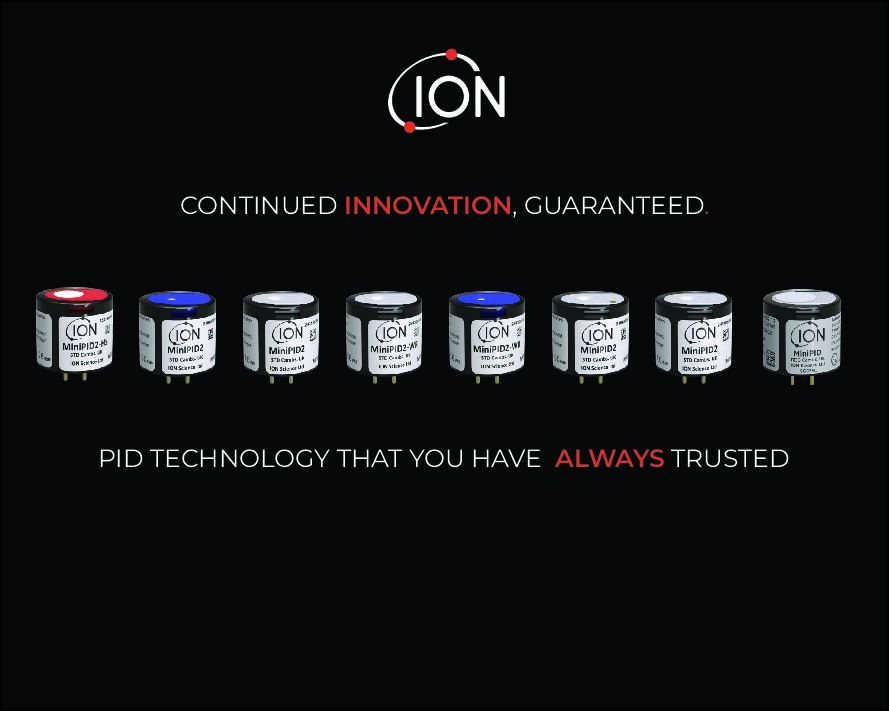



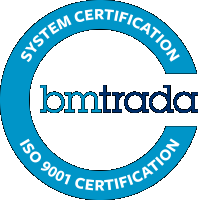
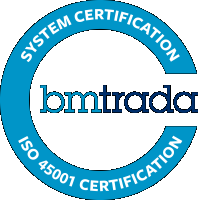
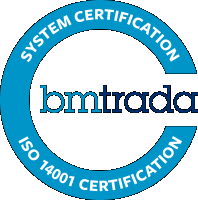
 United Kingdom
United Kingdom